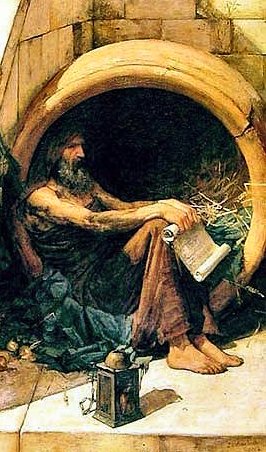
In recent years compulsive hoarding has gained increased public and research attention because of frequent and detailed media coverage of hoarding cases involving tragic circumstances (Frost, Steketee, & Williams, in press) Hoarding is a debilitating disorder characterized by the acquisition of a large volume of possessions that clutter living areas to such a degree that living spaces cannot be used for their intended purpose (Frost et al., in press Frost & Hartl 1996). Health and mental health implications of hoarding by elderly people and implications for treatment are discussed. Never-married status was associated with more severe hoarding and greater impairment and possibly with worse outcomes of intervention efforts. Clients were rarely insightful about their collecting and often resisted change, rendering interventions generally ineffective. Extensive clutter was associated with significant impairment, interfering with basic hygiene, and posing a serious physical threat for many elderly clients. Most elderly hoarders were female, unmarried, and lived alone.

This study used a structured telephone interview with elder services providers to investigate hoarding behaviors in relation to functional impairment, cognitive deficits, and physical and psychological conditions in 62 elderly clients.


Although hoarding has been studied in adults, little is known about problems of hoarding by elderly people.


 0 kommentar(er)
0 kommentar(er)
